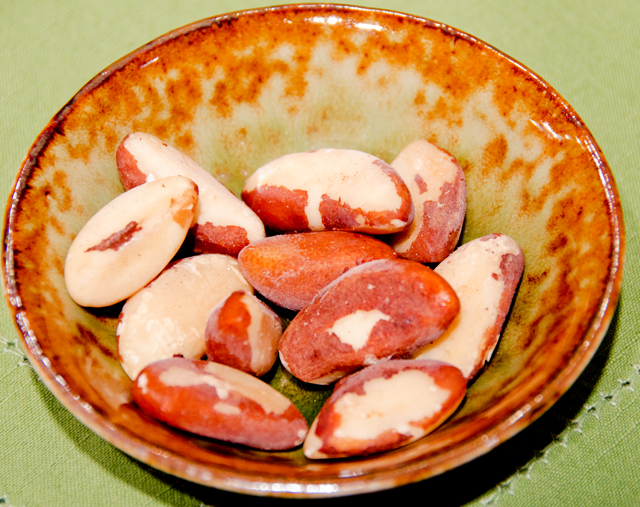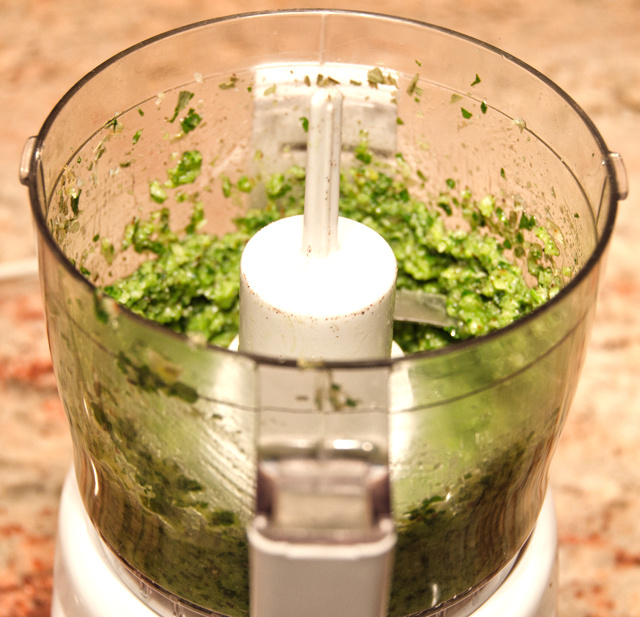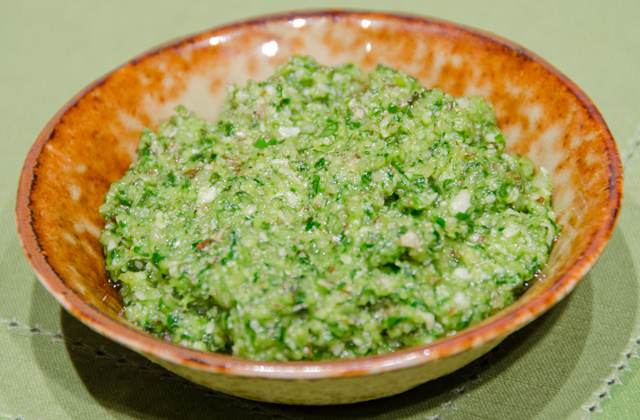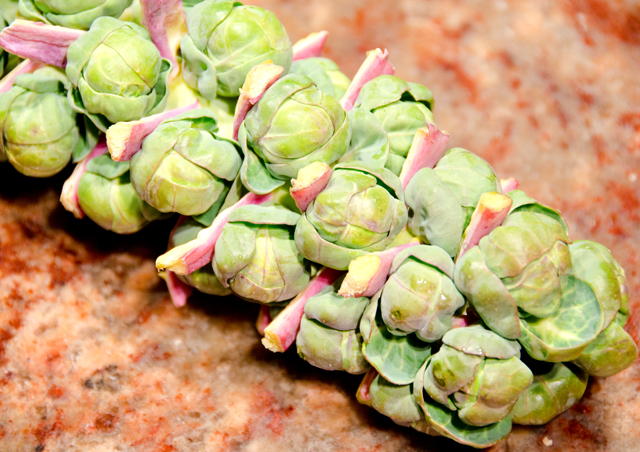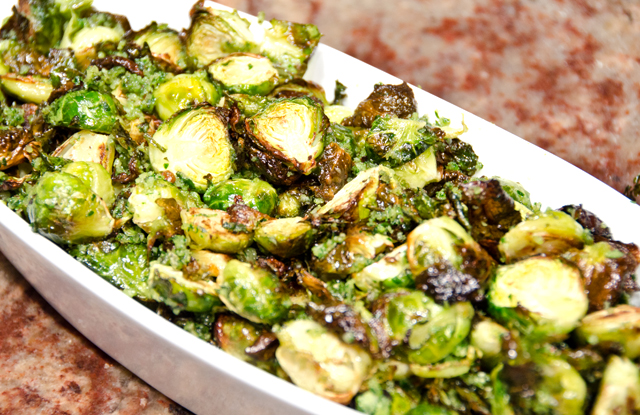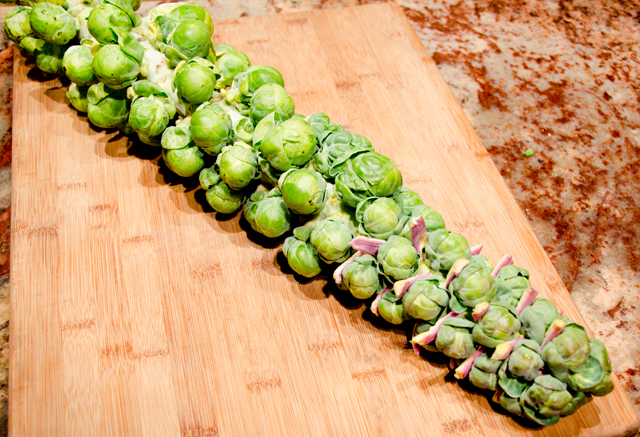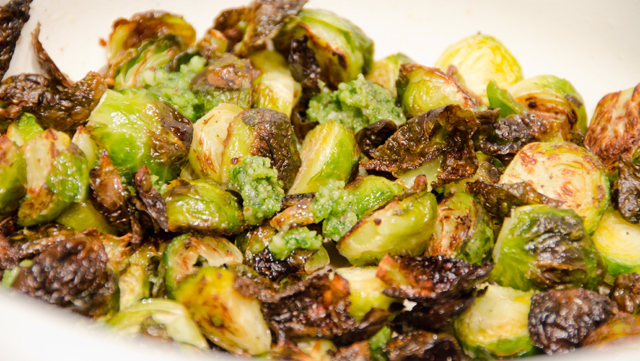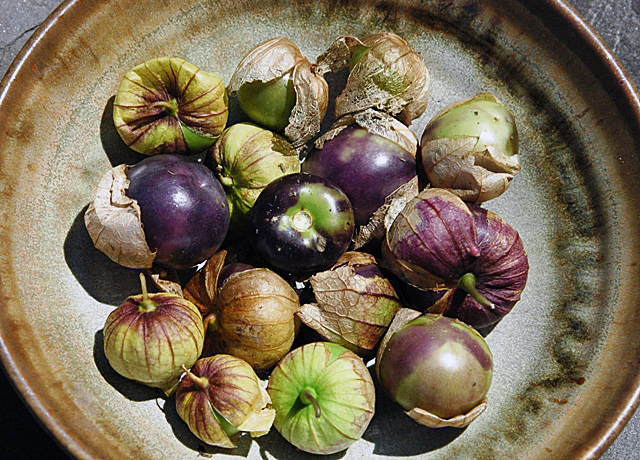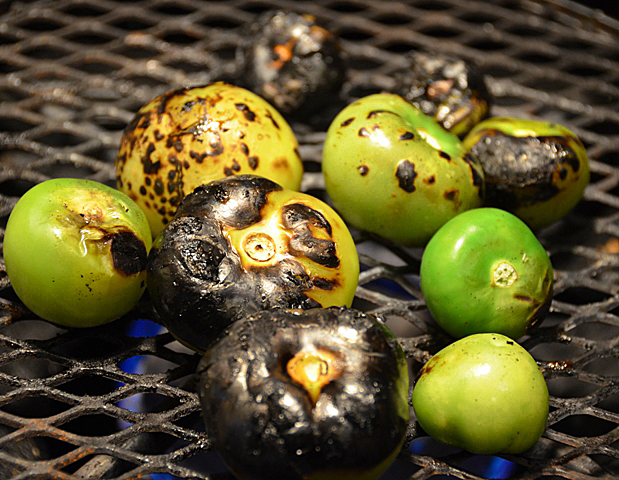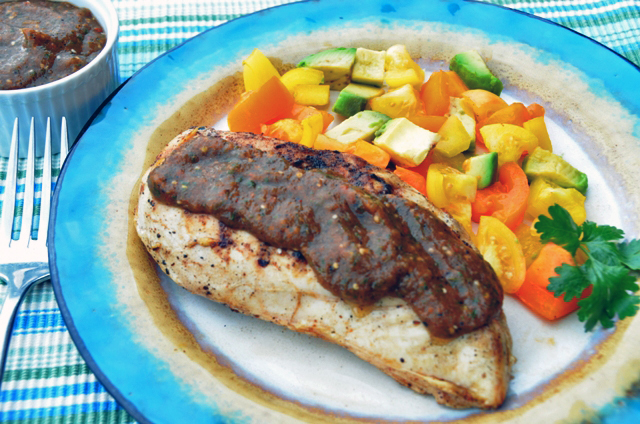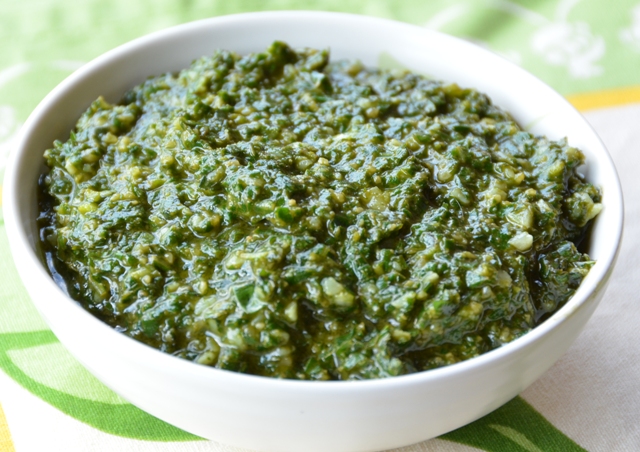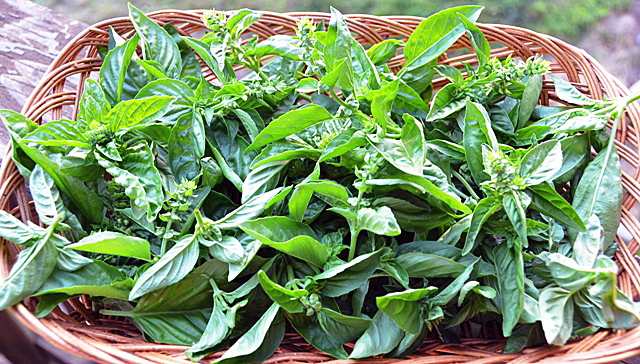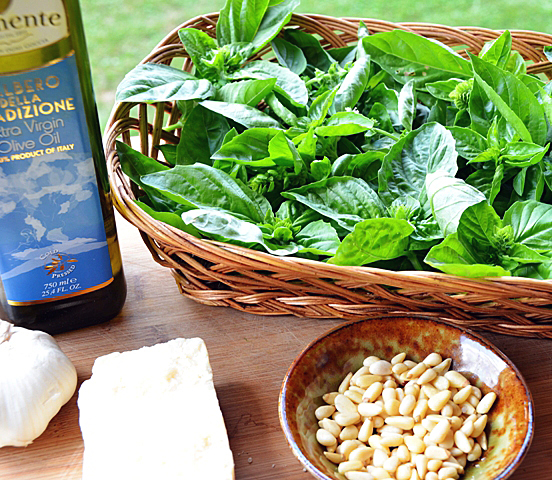When I was a little girl, my parents received quite a few trays of cookies and other treats at Christmas time from Dad’s co-workers, friends and relatives. These treats were not to be savored until a few days before Christmas. For me, it wasn’t the candy canes, fancy cookies and homemade sweets that tempted me the most, it was the tin of salty mixed nuts that sat inside one gift basket. Once the lid was open I dove in for my favorites, past the walnuts, cashews, almonds, hazelnuts and red-skinned peanuts, directly to my target, the Brazil nuts. Salty, rich, meaty in flavor, they stuck out like little thumbs.
The “almonds of the Andes” are grown not only in Brazil but in Bolivia and Peru as well. Found in the Amazon rain forest, Brazil nut trees can reach 150 feet in height and 6 feet in diameter. The Brazil nut grows inside a dark brown fruit the size and shape of a small coconut. A pod in the center of the fruit holds 12-24 nuts, packed neatly like orange segments. Harvesters wait for the 4 to 6 pound pods to drop, a potentially hazardous situation.
I didn’t know it at the time but Brazil nuts have amazing health benefits. They are rich in selenium, a trace mineral and antioxidant that has been linked to cancer prevention, mood lifting and immunity support. They are also a good source of vitamin E and mono unsaturated fatty acids, which increases HDL or “good” cholesterol. Of course, along with that comes a high calorie content, so as with many things, moderation is key.
In this version of pesto, flat leaved parsley and just a touch of anisey tarragon take the place of basil. Brazil nuts have a sweet, creamy texture that add a richness to this pesto. I like tossing Brazil nut pesto with roasted vegetables like Brussels sprouts, but it would be equally as good tossed with pasta or topping a fish like salmon.
Roasted Brussels Sprouts with Brazil Nut Pesto
Ingredients
- 1/2c coarsely chopped flat-leaved parsley
- 1/4c Brazil nuts, coarsely chopped
- 2T water
- 1T chopped tarragon
- 1 large clove garlic, chopped
- 1/2t finely grated lemon zest
- 5T extra-virgin olive oil
- 3T freshly grated Parmesan cheese
- Kosher salt and freshly ground pepper
- 1 1/2 lb Brussels sprouts, trimmed, cut in half lengthwise
Directions:
-
Preheat the oven to 500°. In a mini food processor, combine the parsley with the Brazil nuts, water, tarragon, garlic and lemon zest and pulse to a coarse paste. Add 3 tablespoons of the olive oil and the Parmesan and process to a slightly smooth paste. Season with salt and pepper.
-
On 2 large, rimmed baking sheets, toss the Brussels sprouts with the remaining 2 tablespoons of olive oil and spread in an even layer. Season with salt and pepper. Roast the Brussels sprouts in the center of the oven for 8 minutes. Use a spatula to loosen and move the sprouts around for even roasting. Switch the baking sheets and continue to roast for about 8 minutes longer, or until the sprouts are browned and crisp-tender. Transfer the Brussels sprouts to a platter, drizzle the pesto on top, toss lightly and serve.
